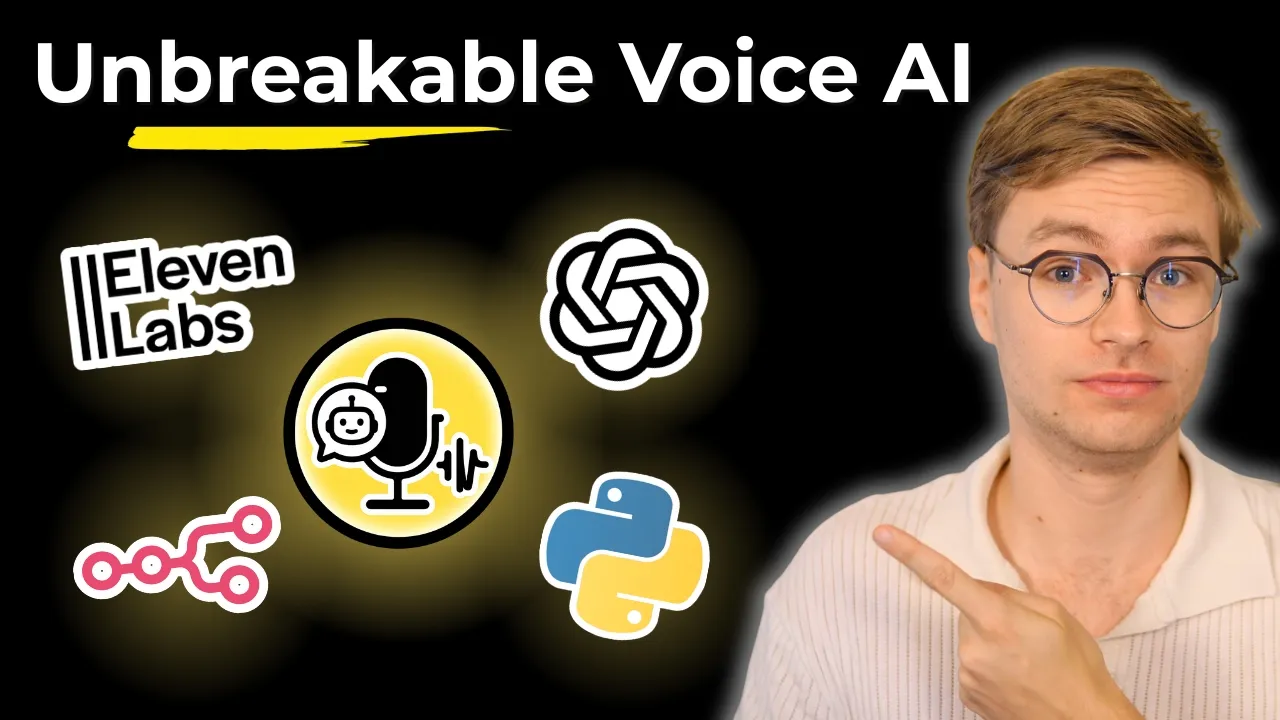AI Pickup Scheduling Calls
Warehouse teams balance inbound freight, outbound orders, and drivers who never arrive on time. Automating pickup scheduling sounds perfect until a bot forgets which dock door is free or misses compliance paperwork. In the video, the unsupervised agent ignored the caller’s frustration because it stayed locked onto the original question. Yard managers encounter the same failure when a carrier stacks appointment numbers, trailer specs, and access issues in one sentence. The moderator pattern keeps those calls on track by supervising the transcript, matching progress against a checklist, and guiding the agent toward a clean handoff.
Dock Scheduling Needs a Second Brain
Appointments require dock assignments, trailer details, and facility rules. A single prompt cannot store it all once the driver goes off script. The voice bot forgets to capture seal numbers, skips hazmat declarations, or double books a time slot. That is how congestion and detention fees explode.
Pairing the agent with a moderator adds the structure your ops team needs. In the demo, the moderator coached the agent to acknowledge frustration and capture actionable feedback. Applied to dock scheduling, it nudges the agent to confirm trailer length, record load type, and offer a realistic arrival window when congestion hits.
Build the Dock Appointment Checklist
List the data points required before you confirm a pickup:
- Carrier, driver contact, and appointment or PRO number
- Trailer length, load type, weight, and equipment needs such as liftgates
- Gate instructions, dock door assignment, and paperwork requirements
- Contingency plans including reschedule options, detention approvals, and escalation paths
Embed this checklist within the shared prompt so the moderator can catch gaps instantly. When the agent forgets to log load weight, the moderator suggests a direct question instead of rebooting the script. This disciplined approach mirrors AI Agent Development Practical Guide for Engineers.
Keep Drivers Calm While Staying Firm
Drivers want clarity more than apologies. The moderator maintains that tone by coaching the agent to:
- Confirm wait times and explain why each question matters
- Reinforce facility policies without sounding rigid
- Offer escalation to live staff when safety or compliance issues arise
Those coaching nudges are what shifted the demo conversation from robotic to human. At scale, they prevent tempers from flaring on the dock.
Turn Calls Into Operational Signals
Once every appointment follows the checklist, transcripts become logistics intelligence. Warehouse leaders can track dock utilization, spot recurring late arrivals, and identify carriers that need coaching. Tie these insights to the measurement cadence in AI Agent Evaluation Measurement Optimization Frameworks to show impact on dwell time, detention cost, and staffing.
Pilot Without Disrupting Yard Flow
Start with outbound pickups on slower shifts. Compare moderated calls to your live coordinators, review the moderator coaching logs, and refine the checklist with yard supervisors. Once the agent matches human performance on data capture and tone, expand to inbound freight and peak windows. Maintain prompt accuracy using AI Agent Documentation Maintenance Strategy.
Next Steps
Watch the video walkthrough to understand how the moderator packages checklist status, coaching, and suggested prompts. Then adapt the workflow to your warehouse management system. Inside the AI Native Engineering Community we share dock scheduling scripts, escalation plans, and rollout checklists. Join us to build a voice agent that clears your dock without chaos.

